From Lincoln to London, the crosses of Eleanor are a legacy of love
A grief-stricken Edward I built a legacy to love across the middle of England in memory of his adored Queen Consort, marked by 12 Eleanor Crosses. The historian Alice Loxton walks in the footsteps of the epic funerary procession.
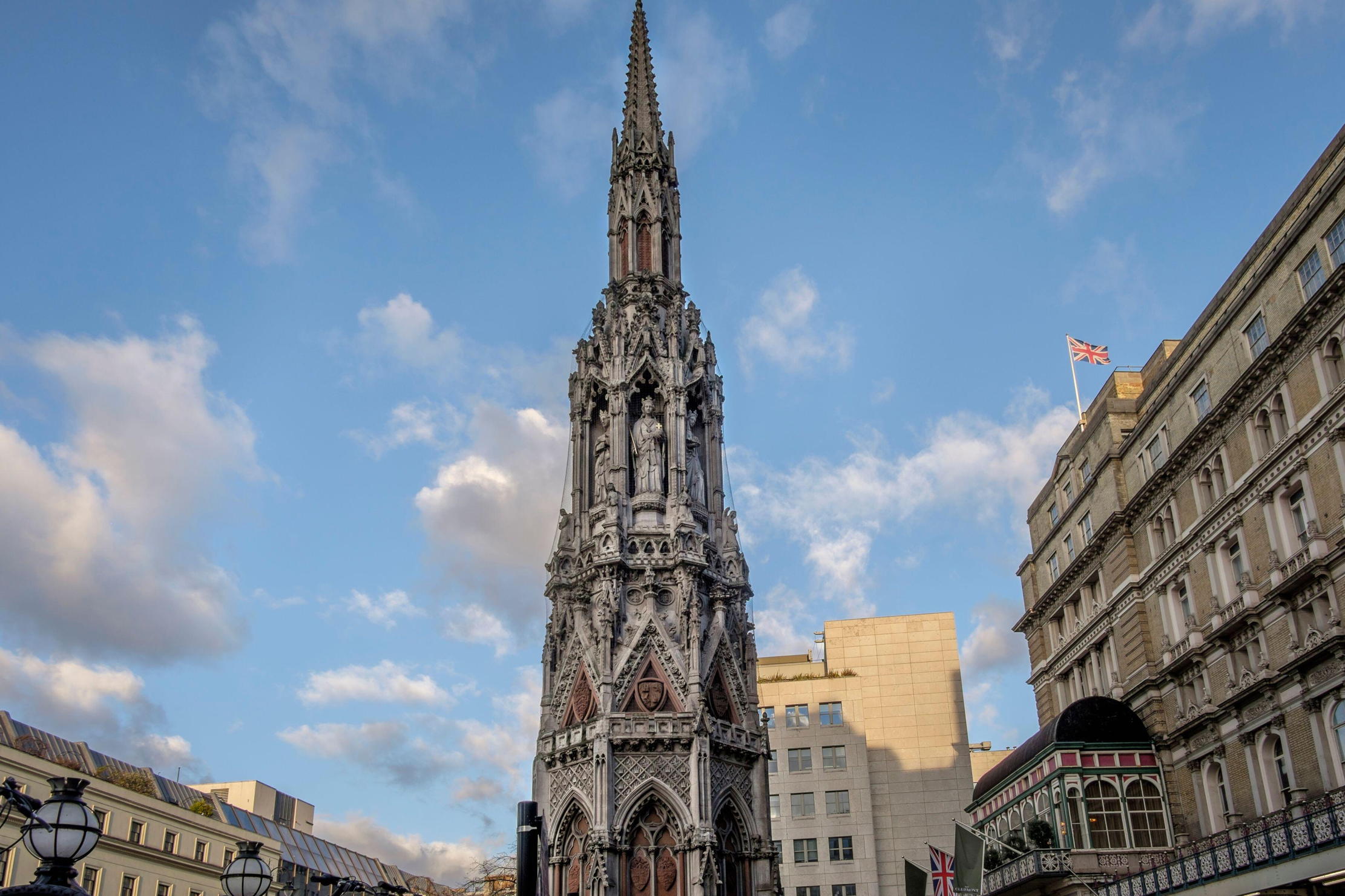
In September 2022, a curious spectacle played out in the streets of London. Over the course of six days, 250,000 people gathered in an extraordinary queue, at times 10 miles long. The phenomenon was caused by mourners, crowds of ordinary people, deeply moved by the death of a beloved Queen, Elizabeth II.
She was not the first queen to be commemorated on such a scale: 121 years earlier, on February 2, 1901, the grand state funeral of 81-year-old Queen Victoria unfolded at Windsor Castle, a great gathering of European royalty; three centuries before that, in 1603, London played host to the funerary procession of Elizabeth I, who died aged 69. There was ‘such a general sighing, groaning and weeping as the like hath not been seen or known in the memory of man’.
However, there was another queen whose death was commemorated in epic fashion: Eleanor of Castile, the consort of Edward I. When Eleanor died unexpectedly aged 49 on November 28, 1290, in the village of Harby, in Nottinghamshire, her body was taken to nearby Lincoln, where it was embalmed and her internal organs buried in a visceral tomb in Lincoln Cathedral.
The following month, in a 200-mile procession, her body was taken on the road south to London and honoured with ‘great devotion, with services and holy vigils’. Eleanor’s funeral took place in Westminster Abbey on December 17, 1290, and she was later buried in a magnificent tomb beside the shrine of Edward the Confessor.
'As he withdrew into isolation, he wrote of his late wife "who in life we dearly cherished, and who in death we cannot cease to love"'
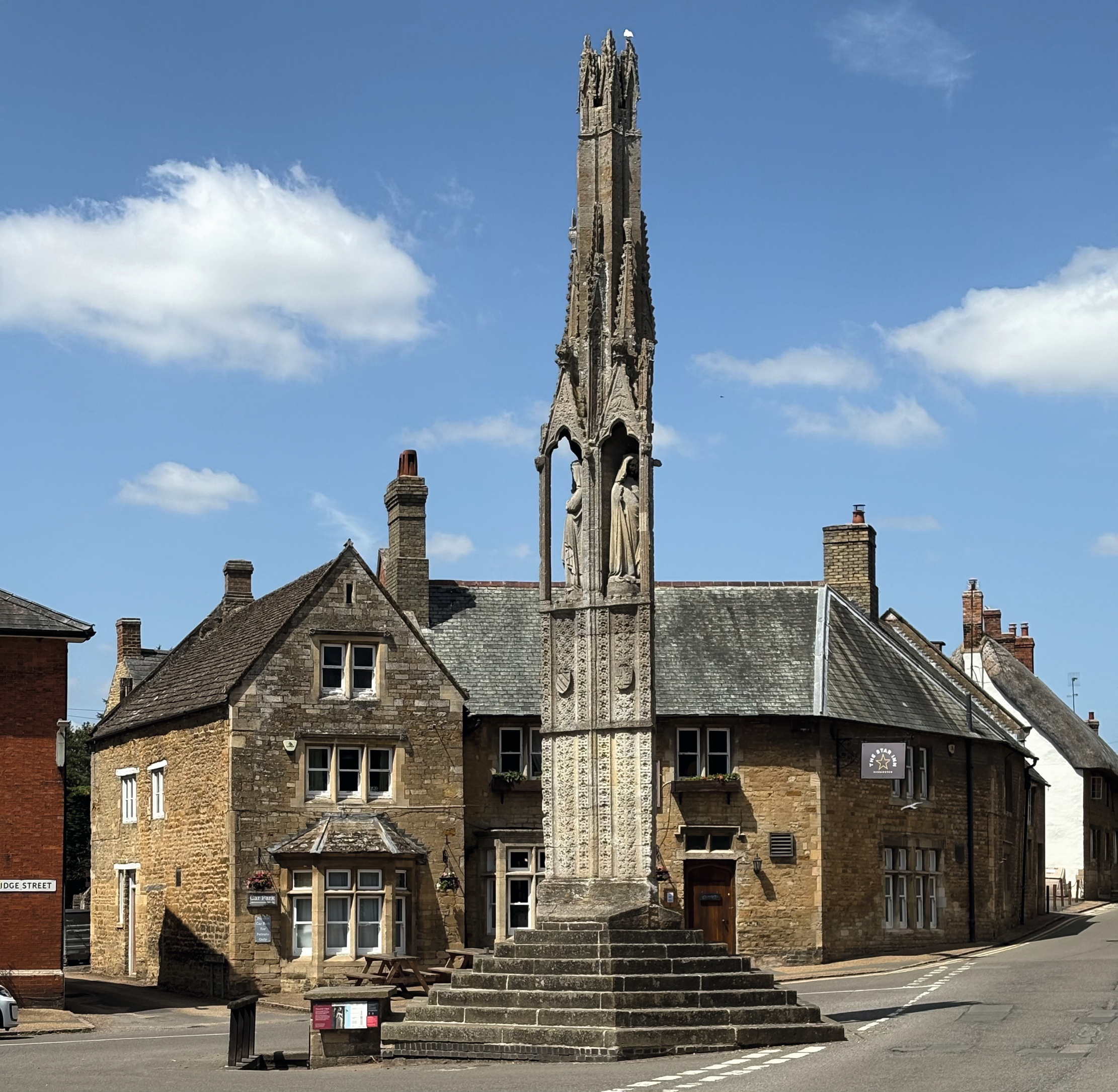
The Eleanor Cross at Geddington, Northamptonshire
The 36-year marriage of Edward and Eleanor was a rarity of the medieval world: a royal partnership of true, devoted love. On Eleanor’s death, Edward, a formidable warrior king, was beside himself with grief. As he withdrew into isolation, he wrote of his late wife ‘who in life we dearly cherished, and who in death we cannot cease to love’.
In the years after her funeral, he set out to commemorate his queen, and her last journey, with a remarkable gesture. Twelve glorious stone monuments — ‘The Eleanor Crosses’ — were erected at the towns where the procession had stopped. An ode to true love, they were revolutionary in scale and design. The last one was placed in the London hamlet of Charing (derived from the Old English word cierring, meaning ‘river bend’ of the Thames), which gives us Charing Cross.
Curious to uncover the secrets of these forgotten monuments of love and the woman who inspired them, in the final days of 2024, I embarked on the challenge of walking the route of the medieval cortège on the corresponding dates of the original journey. It was gruelling, sometimes covering 70 miles in three days, but the endeavour was worth it. As I took almost half a million steps through towns, villages, countryside and cities, there were manifold treasures to behold: morning skies softening from inky black to cornflower blue; hedgerows sparkling with December frost.
Exquisite houses, the beauty of Nature, and how to get the most from your life, straight to your inbox.
It was only through walking, by travelling at the natural human pace, that small, surprising details — a tombstone, an information sign hidden in the reeds, the strange clank of a gate — jumped out at me.
I was treated to the delights of Lincoln, Grantham, Stamford, Geddington, Northampton, Stony Stratford, Woburn, Dunstable, St Albans, Waltham Cross and London, where two crosses were built: Cheapside Cross and Charing Cross. Three survive today, standing tall in the village of Geddington, north Northamptonshire, in Northampton and in Waltham Cross in Hertfordshire. They are imposing, beautifully crafted stone monuments, which taper to a cross. Each is slightly different, but all contain statues of Eleanor and bear her coat of arms.
Building these crosses was only the start. Over the centuries emerged a remarkable legacy of survival, destruction and reincarnation, pushed and pulled by the ebb and flow of history. During the medieval period, the crosses stood proud. Cheapside Cross became the backdrop for parades through London—the red carpet of the medieval city.
When Henry V returned from Agincourt, a model castle was erected at Cheapside Cross, from which a choir of maidens sang out: ‘Welcome Henry the Fifth, King of England and of France.’ On May 31, 1533, Anne Boleyn processed through London before her coronation in ‘a rich chariot covered with cloth of silver’ and with a ‘goodly company of lords, knights and gentlemen’; at Cheapside Cross, the mayor presented her with ‘a purse of cloth of gold’.
'Made of local Ketton stone, it tapers into a pointed bronze spike, making the town a no-go zone for hot-air balloons'
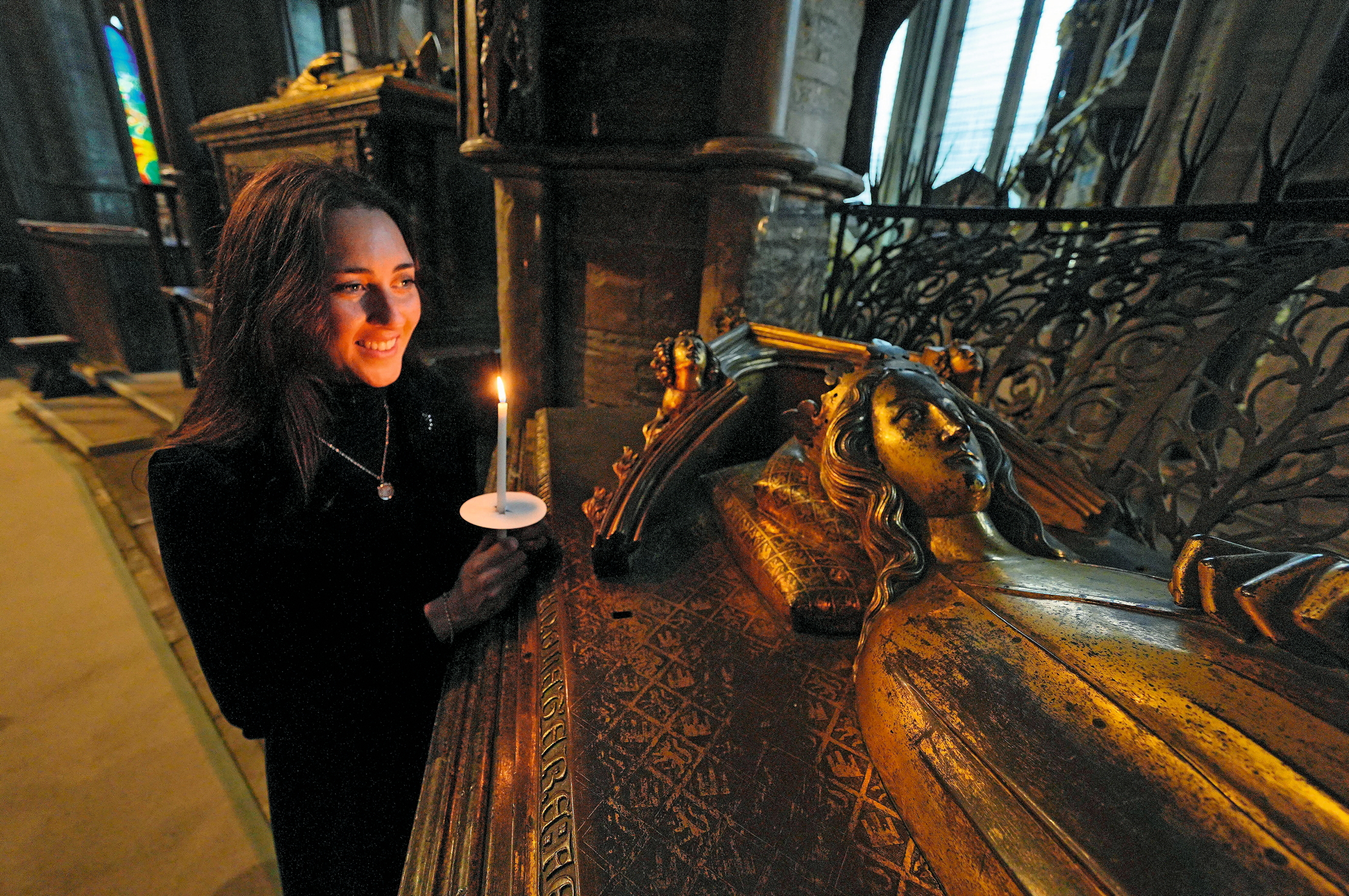
Journey’s end: the author lights a candle to Eleanor of Castile at her tomb next to that of Edward the Confessor in Westminster Abbey.
In the years that followed, the Eleanor Crosses — or lack thereof — continue to inspire surprising commemorations. As I walked, I was delighted to follow a trail of Eleanor clues. At Stamford’s Sheep Market in Lincolnshire, I discovered an enormous, pointed needle, a modern interpretation of its 13th-century forebear. Made of local Ketton stone, it tapers into a pointed bronze spike, making the town a no-go zone for hot-air balloons.
In Dunstable, Bedfordshire, in the Queen Eleanor Shopping Precinct, I found a bronze statue of Eleanor, installed in 1985. In Northampton, there was a less romantic offering: an enormous roundabout bearing the name The Queen Eleanor Interchange.
Although the medieval masons have long tidied away their tools, their spirit is alive at Charing Cross. On the Northern Line platform, commuters are joined by a small army of workers — quarrymen, masons, carpenters, apprentices — a magnificent black-and-white strip cartoon telling the story of the original cross’s construction. As with the Bayeux Tapestry, every step is captured — sourcing stone, taking measurements, building scaffolding, burning lime and, my favourite scene, statues of Eleanor swinging through the air, to be lowered into position. The mural was created in 1979 by the artist David Gentleman.
In Stony Stratford, Buckinghamshire, the entire gable end of a building is adorned with a magnificent mural, produced in 2018 by local artist Luke McDonnell. Here is the Queen, with arms to her neck, head leant back, gazing wistfully to the sky, in a pose echoing that of pre-Raphaelite muses. Beside her is a depiction of the town’s Eleanor Cross and birds from the River Great Ouse: the kingfisher, a symbol of peace and prosperity, and a heron, representing birth and death.
My walk wasn’t an amble from A to B, but an exhilarating adventure, slashing through the brambles of time. The Eleanor Crosses may be cold and inanimate in their physical form, but these blocks of stone tell a story of people doing extraordinary things. The picture woven may be one of upheaval and destruction, but also of brilliant creativity, uplifting beauty and of a love to last the ages.
Alice Loxton’s next book, ‘Eleanor: On the Trail of England’s Lost Queen’, is released in November
Alice Loxton is a historian, author, and broadcaster. She has more than three million followers across social media where she shares educational videos about history, heritage and art.
-
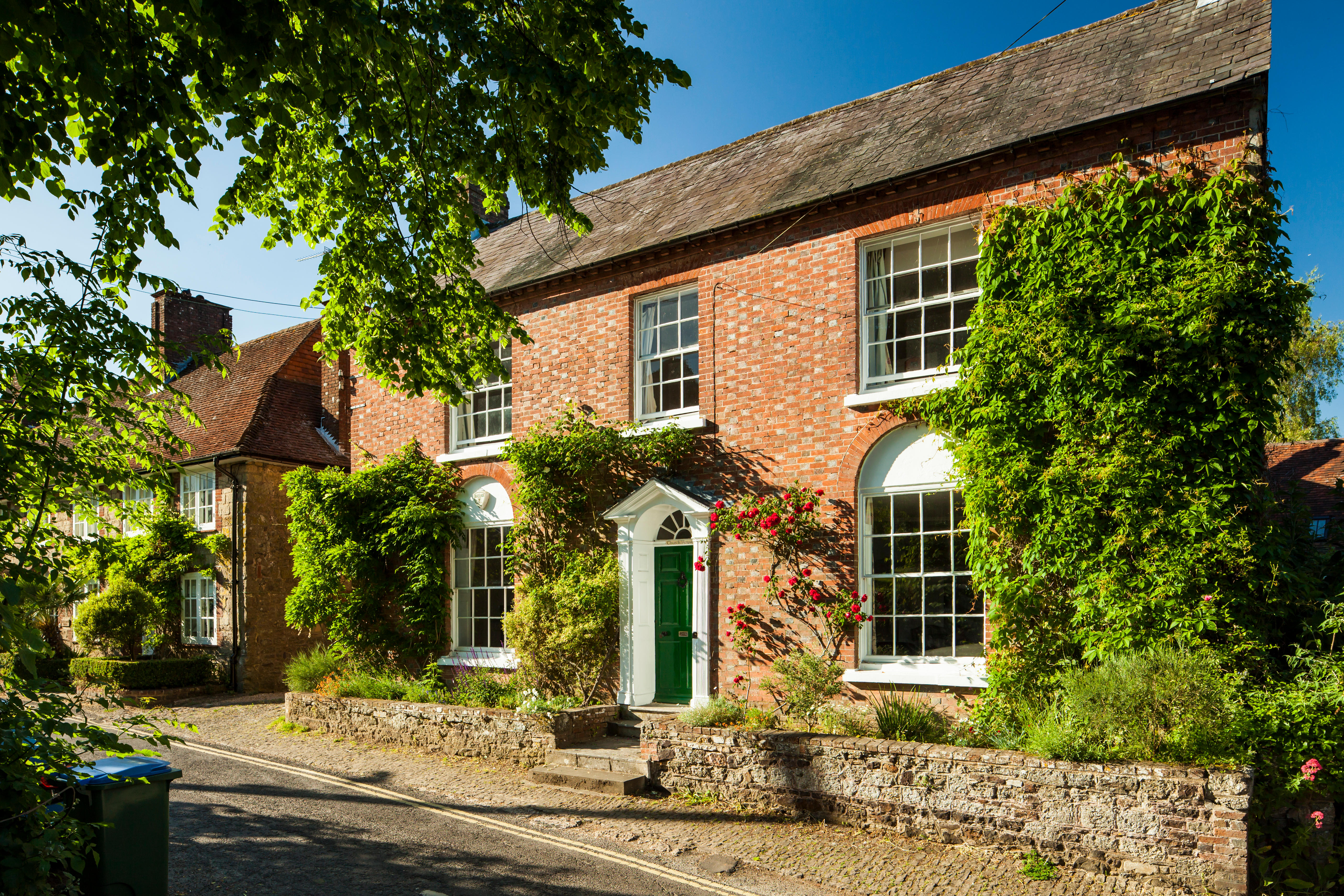 Is this the end of the Forever Home?
Is this the end of the Forever Home?The classic dream of finding a family house in which you can settle down, raise a family and grow old has never been harder to obtain. So has the concept of the 'Forever Home' had its day? Annabel Dixon reports.
-
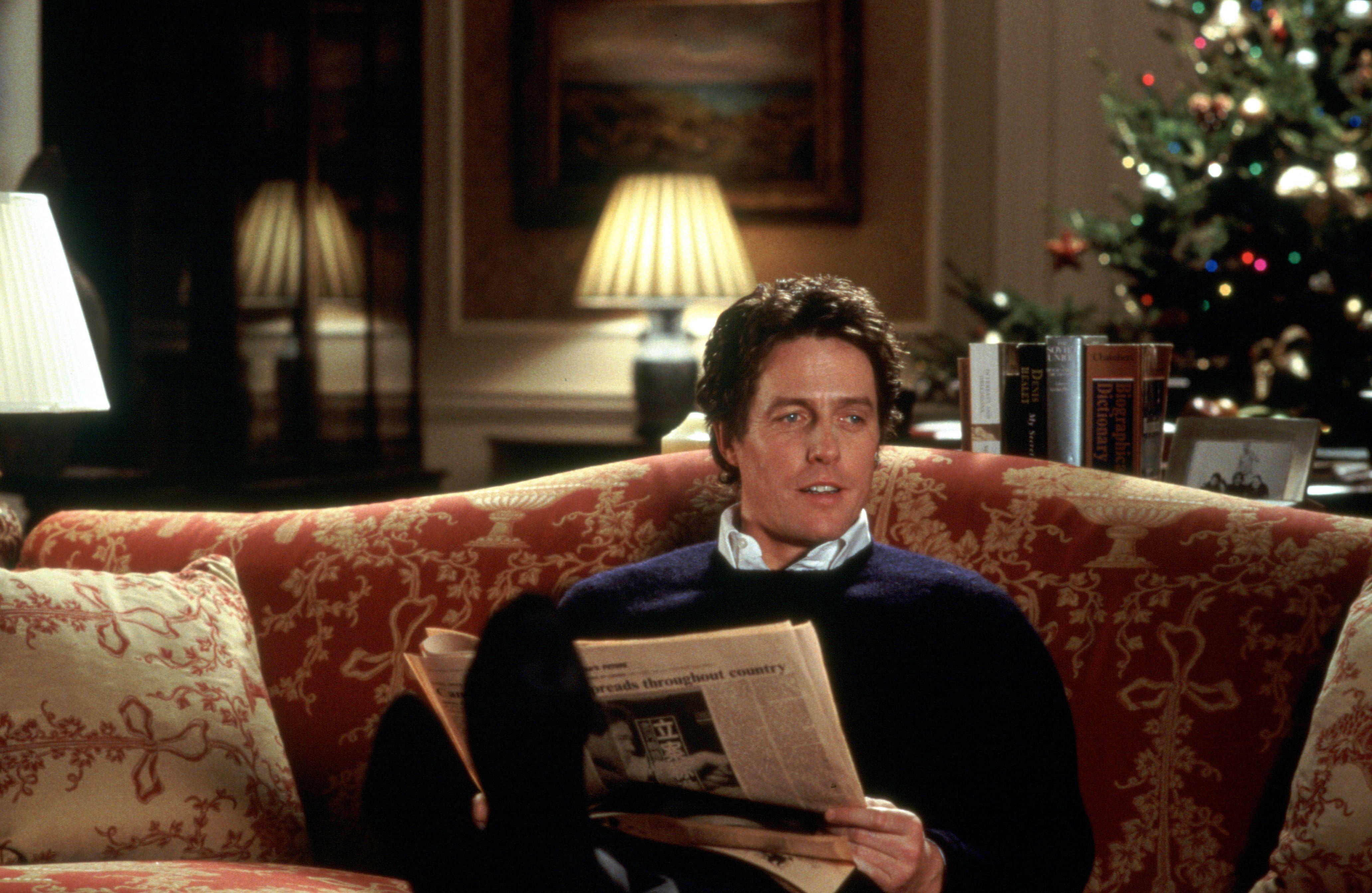 HO HO House of Commons: If I had to buy all of my Christmas presents from Parliament this is what I’d get and for who
HO HO House of Commons: If I had to buy all of my Christmas presents from Parliament this is what I’d get and for whoThe House of Common’s gift shop has got everything from a plushie of Attlee, the Speaker’s miserable looking cat, to a rubber duck that pays tribute to the mighty work of the Suffragettes.
-
 'It is hard to beat the excitement of watching a peregrine you have trained stoop from 1,000ft, going more than 100mph' — the complicated world of falconry
'It is hard to beat the excitement of watching a peregrine you have trained stoop from 1,000ft, going more than 100mph' — the complicated world of falconryA combination of spellbinding sport and profound empathetic connection, falconry–a partnership in which the bird maintains the upper hand–offers a window into ‘the deeper magic’.
-
 What is everyone talking about this week: More than half the country owns a pet and nearly half our marriages end in divorce — no wonder pet-nups are on the rise
What is everyone talking about this week: More than half the country owns a pet and nearly half our marriages end in divorce — no wonder pet-nups are on the risePet-nups, a formal agreement between couples over what should happen to their pets in the event of a split, are on the rise.
-
 Haute dogs: How fashion’s finest would dress 11 dogs and one very spoilt cat if only they had the chance
Haute dogs: How fashion’s finest would dress 11 dogs and one very spoilt cat if only they had the chanceWe’ve matched some much-loved breeds to the designers that share their history, temperament and vibe — because why not. Illustrations by Tug Rice.
-
 Baby, it’s cold outside (even if you have a natural fur coat): How our animals brave the winter chill
Baby, it’s cold outside (even if you have a natural fur coat): How our animals brave the winter chillWhen the temperature drops, how do Britain’s birds, beasts and plants keep the cold at bay? John Lewis-Stempel reveals Nature’s own thermals.
-
 Yorkshire’s bravest and most charming gentleman — the Airedale terrier
Yorkshire’s bravest and most charming gentleman — the Airedale terrierBred on Yorkshire’s riverbanks to face otters, snakes and even enemy fire, the Airedale has gone from the trenches of war to the hearts and homes of presidents and movie stars.
-
 Dangerous beasts (and where to find them): Britain's animals that are best left alone
Dangerous beasts (and where to find them): Britain's animals that are best left aloneJohn Lewis-Stempel provides a miscellany of our otherwise benign land’s more fearsome critters.
-
 A true gent lets his hair down on a Wednesday: Inside our Savile Row party to celebrate the publication of Gentleman's Life
A true gent lets his hair down on a Wednesday: Inside our Savile Row party to celebrate the publication of Gentleman's Life'The party marked the ten-year anniversary of Gentleman's Life and it was, fittingly, a party for the ages.'
-
 From the Caribbean with love: The other James Bond who wrote the definitive guide to tropical birds
From the Caribbean with love: The other James Bond who wrote the definitive guide to tropical birdsThe Caribbean plays host to a brilliant spectrum of colourful avians, says John Lewis-Stempel, as he revels in a birdwatcher’s paradise. Illustrations by Annabelle King.